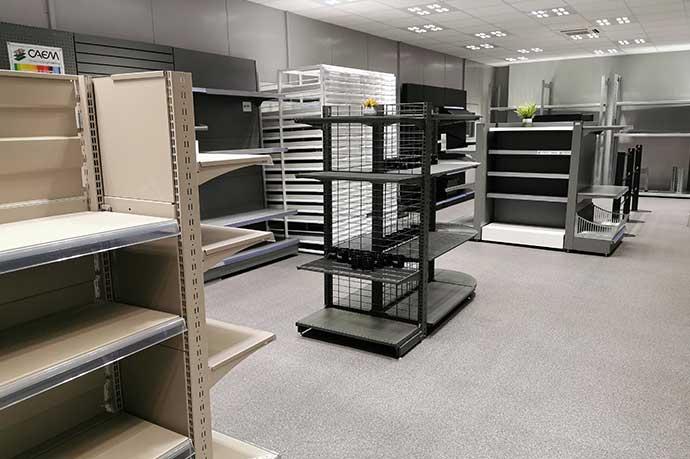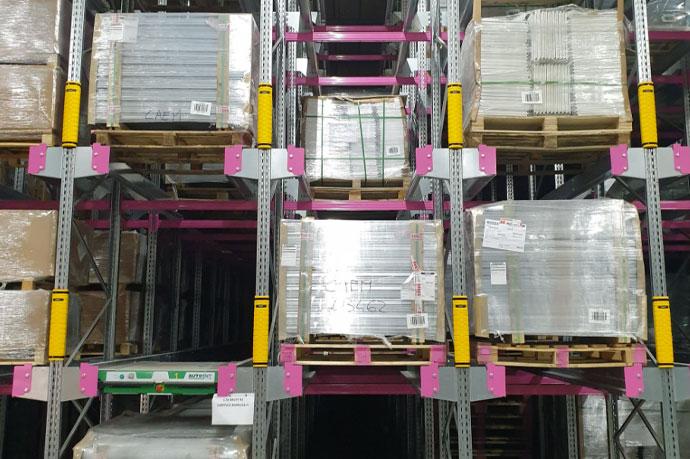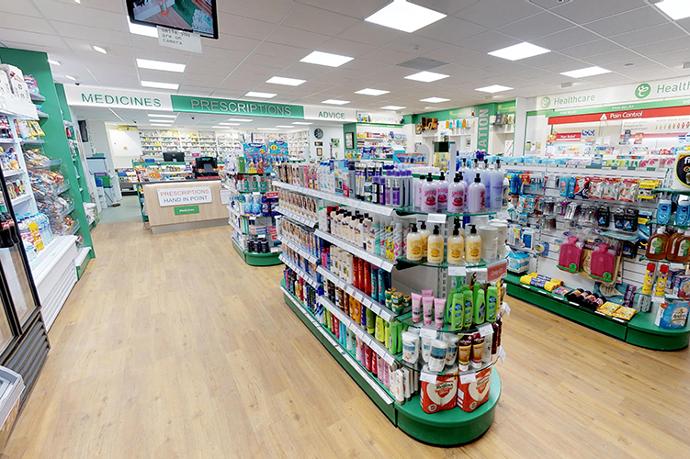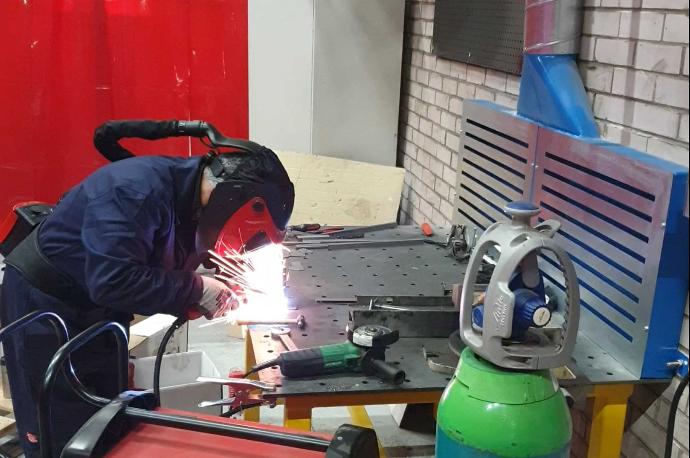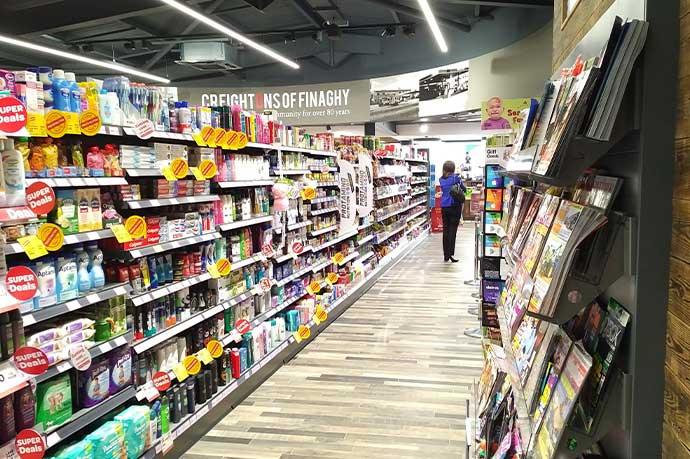Retail POP Solutions – Perfect Displays for More Sales
Retailers know that the difference between browsing and buying often lies in the final moments of the shopping journey. That's where well-executed Retail POP Solutions make their mark—delivering not just a display, but a decisive sales advantage.
Unlocking the Power of Retail POP Solutions
Understanding Retail POP: Definition and Scope
Retail POP (Point of Purchase) solutions encompass a spectrum of display tools and fixtures designed to capture shopper attention at the pivotal moment of decision-making. From simple countertop stands to complex modular shelving and advanced digital signage, POP solutions bridge the gap between online research and in-store action. Their scope covers permanent fixtures for ongoing campaigns and temporary installations for promotions or seasonal events, always with an eye on flexibility and seamless brand integration.
The investment confidence in POP solutions is evident—87% of organizations now invest in temporary in-store displays, reflecting their critical role in engaging potential buyers. At CAEM, our approach is grounded in decades of shopfitting expertise, crafting both off-the-shelf and bespoke POP displays that fit the evolving needs of modern retail environments. By providing tactile, interactive, and visually striking experiences, POP displays transform passive browsing into active engagement and sales.
The Importance of POP Solutions in Modern Retail
Driving Sales and Enhancing Brand Visibility
Retail POP Solutions function as silent salespeople, guiding customers toward key products and reinforcing brand identity at every turn. Well-placed displays highlight high-margin merchandise, increase product visibility, and convert foot traffic into sales. The market confidence is unmistakable: the POP display market is projected to expand from USD 14,630 million in 2024 to USD 30,482.16 million by 2032, reflecting a CAGR of 9.61%.
Recent case studies demonstrate tangible results. Custom POP display programs in major retail chains have achieved profit increases between 20–25% for promoted items when displays align with specific sales goals. These aren't isolated successes—the data shows conversion rate growth of 18–23% relative to store baseline for the same products before introducing strategic displays.
The Role of POP in Consumer Decision-Making
Understanding shopper psychology reveals the true power of strategic POP placement. Despite recent market shifts—impulse purchases among Americans decreased by 48% in 2023 compared to 2022—the underlying behavior patterns remain compelling. Research shows that 93% of shoppers make at least one totally unplanned purchase per trip to the store, while 29% of shoppers make an impulse buy at least once a week, particularly at checkout.
The emotional triggers are particularly revealing. Consumer data shows that excitement drives impulse purchases for 50% of females and 47% of males, while boredom influences 32% of females and 28% of males. This insight helps retailers design displays that connect with shoppers' emotional states at crucial decision moments.
Types of Retail POP Displays
Countertop Displays
Countertop displays, compact and versatile, are positioned near tills or high-traffic points, ideal for impulse buys and new launches. Industry experts note that a well-placed retail POP display breaks through the visual clutter of traditional shelving, ensuring key products stand out. The trend towards minimalist, premium aesthetics and portability ensures these displays remain effective—simple, visible, and aligned with modern retail design.
At CAEM, our modular S50 system allows for easy colour customisation and interchangeable components, supporting tailored countertop solutions that reinforce brand identity and adapt to evolving store layouts. This flexibility proves crucial as Millennials continue to lead in impulse buying behavior, with 52% being more likely to make impulse purchases than any other generation.
Floor Displays
Floor displays command attention with their larger presence, acting as focal points that guide customer flow. The average shopper makes approximately 3 unplanned purchases in 4 out of every 10 store visits, making strategic floor placement crucial for capturing these spontaneous decisions.
Innovations like CAEM's 'sunken base shelf' for tall items or custom Click & Collect cabinets demonstrate how floor displays can solve unique merchandising challenges while supporting chain-wide consistency. Our M25 system, with its precision shelf placement and central back panel design, enables creative, space-saving configurations that maximise product facings. These modular solutions adapt to the reality that retailers recommend positioning displays in high-traffic zones, including store entrances, aisle endcaps, and checkout areas to maximize visibility and engagement.
Interactive Displays
The shift towards experiential retail has brought interactive displays to the forefront. Recent case studies show that AR and VR deployed in-store have significantly enhanced customer engagement, with up to a 30% increase in customer interaction time at POP displays equipped with these features.
Visual merchandising specialists note that interactive retail displays are transforming how customers engage with products. These displays integrate technology to create immersive experiences that encourage customers to spend more time interacting with merchandise. Features like touchscreens, motion sensors, and augmented reality allow shoppers to visualize products in their personal spaces or access detailed information at a tap.
Digitized POP Options
Digital integration is reshaping retail landscapes. Research indicates that studies reveal that 62% of shoppers make impulse purchases, often influenced by well-designed and strategically placed displays. The digital shift is particularly pronounced—more than 35% of consumers in the United States reported they were most likely to make impulse purchases online in 2023.
These digitised options enable rapid adaptation to trends, targeted messaging, and seamless integration with omnichannel strategies. They connect in-store experiences with online platforms for cohesive brand storytelling, addressing the reality that shopping behaviors are evolving across channels.
Designing Effective POP Displays
Key Elements of Successful POP Design
The most effective POP displays combine clear communication, intuitive navigation, and strong brand alignment. Industry data supports the focus on accessibility—large, legible fonts and uncluttered layouts ensure messages are instantly understood. At CAEM, we blend consumer psychology with practical design, placing complementary products together, using visual cues, and prioritising accessibility and compliance.
Understanding emotional drivers proves crucial. The data shows notable gender differences in impulse triggers, with women reporting higher emotional influence across most categories. Our in-house prototyping ensures every display is tested for real-world effectiveness before rollout, accounting for these behavioral insights.
The Impact of Aesthetic Appeal on Consumer Engagement
First impressions count, particularly when competing for attention in busy retail environments. Visually striking displays—through colour, lighting, and innovative materials—draw shoppers in and encourage exploration. Trends towards clean lines and neutral palettes give displays a premium edge, helping products stand out in crowded spaces.
CAEM's bespoke solutions incorporate these principles, delivering both form and function to create memorable in-store experiences. The design philosophy aligns with industry recognition that retail consultants highlight the shift toward experiential retail and omnichannel marketing strategies is further reinforcing the demand for dynamic and customizable display solutions.
Incorporating Brand Storytelling in POP Design
Storytelling deepens emotional connections and builds loyalty. Consistent use of logos, imagery, and heritage cues transforms POP displays into brand ambassadors. By weaving narrative elements into our designs, CAEM helps retailers communicate values and differentiate products, inspiring trust and long-term engagement. This approach becomes more critical as consumers become increasingly selective about their purchases following recent economic uncertainties.
Technological Integration in POP Solutions
Leveraging Augmented Reality and Digital Signage
Technology is redefining what's possible in-store, with measurable results backing the investment. Augmented reality and digital signage create immersive encounters, allowing shoppers to visualise products, access information, or enjoy entertainment on demand. The effectiveness is quantifiable—displays featuring these technologies report higher engagement rates and incremental sales, especially among tech-savvy demographics.
Dynamic screens enable rapid content updates and targeted offers, supporting both experiential marketing and omnichannel journeys. This technological evolution represents what experts describe as the future direction of POP displays, allowing brands to create more personalized and engaging customer experiences.
Benefits of RFID and IoT in Retail Displays
RFID and IoT-enabled POP displays offer operational advantages—streamlining inventory management, tracking product movement, and delivering personalised content. Smart displays gather data on shopper behaviour, supporting continuous optimisation and tailored promotions. These technologies represent the next frontier in responsive, data-driven retail environments, though adoption varies based on retailer sophistication and budget allocation.
Sustainability in POP Displays
Sustainable Materials and Eco-Friendly Designs
Sustainability has moved from optional to essential. Industry professionals note the growing preference for eco-friendly and sustainable display materials as retailers align with global sustainability goals. The industry is shifting to recyclable, biodegradable, and renewable materials such as cardboard, bamboo, and plant-based plastics.
CAEM leads with recycled materials, sustainably sourced wood, and biodegradable plastics, aligning with both regulatory demands and consumer values. Our eco-friendly designs minimise waste and energy use, enhancing brand reputation and supporting a circular economy approach that resonates with environmentally conscious shoppers.
Balancing Cost and Environmental Responsibility
Adopting sustainable materials often comes with higher upfront costs, but the long-term benefits—reduced waste, enhanced brand appeal, and regulatory compliance—outweigh initial investments. Modular and reusable designs, a hallmark of CAEM's approach, help balance cost and sustainability by extending product lifespans and reducing resource consumption. Transparent communication about these efforts builds trust and supports lasting customer relationships.
Measuring ROI and POP Display Performance
Establishing Key Performance Indicators
Successful POP deployment requires measurable objectives and clear KPIs. Leading retailers now employ detailed ROI calculators prior to deployment, adjusting for all-in costs such as packaging, shipping, and retailer-specific requirements to accurately assess the profitability of POP campaigns.
The most effective programs define specific targets—such as the 25% profit increase achieved by major retail chains using custom POP display programs. These concrete objectives enable precise measurement and continuous refinement of display strategies.
Data-Driven Optimization Frameworks
Modern POP strategies leverage both traditional metrics and advanced analytics. Monitoring performance using KPIs such as sales uplift, dwell time, and engagement rates provides actionable insights for future initiatives. The rise of data-driven displays and analytics tools makes it easier than ever to optimise POP strategies in real time, ensuring every investment delivers measurable results.
Case studies from 2023-2025 demonstrate that brands utilizing precise objectives were able to measure progress and ROI effectively, with the most successful programs showing consistent performance improvements across multiple retail locations.
Implementing Successful POP Strategies
Real-World Performance Examples
CAEM's collaboration with a major UK retailer exemplifies effective POP implementation. The development of a 'sunken base shelf' for tall products was adopted chain-wide due to its effectiveness in improving product visibility and customer access. Similarly, our modular cabinets for Click & Collect areas streamlined operations and improved customer satisfaction scores.
These examples highlight the value of close client collaboration, rigorous prototyping, and scalable manufacturing in delivering POP campaigns that drive measurable outcomes. The success stems from understanding that effective displays must solve real operational challenges while enhancing the shopping experience.
Strategic Implementation Framework
Successful POP deployment begins with clear objectives and deep understanding of your audience and retail environment. Develop a cohesive design that reflects your brand and meets campaign goals, then partner with an experienced supplier like CAEM to ensure timely production and installation.
The implementation process should account for the reality that POP display strategies are becoming more sophisticated, combining physical design with digital interactivity to deliver measurable results. Each campaign becomes a learning opportunity for continuous improvement, building on data from previous deployments to refine future initiatives.
Partnering with the Right POP Solution Provider
Essential Selection Criteria
Choosing a retail display manufacturer requires careful consideration of technical capabilities and market understanding. Look for a partner with proven experience, robust design and prototyping capabilities, and the capacity for both bespoke and scalable solutions. Commitment to sustainability, innovation, and on-time delivery should align with your brand's values and ambitions.
At CAEM, we offer end-to-end support—from concept and prototyping to mass production and installation—backed by state-of-the-art UK manufacturing and a global footprint. Our approach recognizes that the right partner will act as an extension of your team, committed to learning, adapting, and delivering results that drive more sales.
Strategic Partnership Questions
Ask potential suppliers about their approach to customisation, sustainability, and scalability. Assess their track record with similar projects and their ability to deliver on time and within budget. Explore how they measure the success of their POP installations and how they support clients post-installation.
Understanding their capacity to adapt to changing market conditions proves crucial, especially given recent shifts in consumer behavior and the ongoing evolution toward omnichannel retail experiences. The ideal partner combines technical expertise with market insight, ensuring your POP solutions remain effective as retail landscapes continue to evolve.
Retail POP Solutions are evolving rapidly, blending proven psychology with innovative technology to transform retail spaces into powerful sales engines. By partnering with experienced, innovative providers like CAEM, retailers can unlock the full potential of POP—turning product displays into the perfect catalyst for more sales and lasting brand loyalty.
